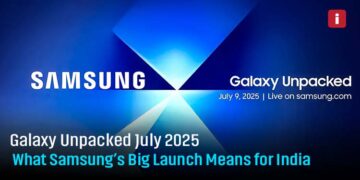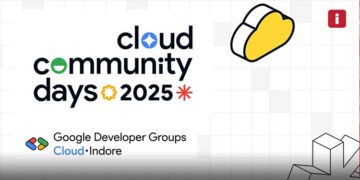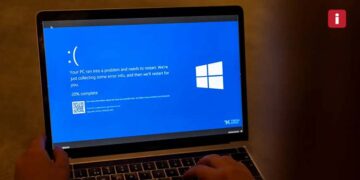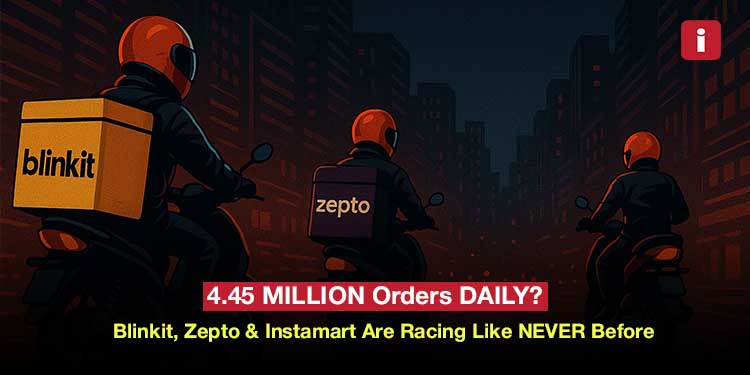In a remarkable shift in consumer behavior, India’s leading quick commerce players Blinkit, Zepto, and Swiggy Instamart collectively recorded between 4.15 and 4.45 million orders daily during March 2025. This is not a typo; over four million daily orders have become a reality.
Once considered an urban luxury mainly for late-night snacks or emergency items like eggs, quick commerce has transformed into an essential service for millions of Indians. College students in Bengaluru, working couples in Gurgaon, and busy parents in Mumbai now rely on the 10-minute delivery model as a necessity rather than a novelty.
Recent industry data shows that Blinkit has established itself as the clear leader in this highly competitive market, consistently surpassing Rivals Zepto and Swiggy Instamart in daily order volume throughout March. While Zepto has gained significant traction among Gen Z customers and Instamart maintains a reliable presence in major metro areas, Blinkit has positioned itself at the forefront by delivering everything from milk to mobile chargers at remarkable speed.
What’s even more astonishing is the rate at which these companies have scaled their operations. Less than three years ago, the concept of delivering groceries in under 10 minutes seemed ludicrous to many. Today, it not only appears feasible but has also become the standard method of consumption in many Tier-1 and Tier-2 cities. The necessary infrastructure dark stores, micro-warehouses, and advanced routing algorithms has been developed behind the scenes, enabling this impressive volume of orders to be processed with exceptional efficiency.
However, beneath these impressive figures lies a growing concern about sustainability. While daily order counts are rising, profitability remains an ongoing challenge for the sector. High delivery costs, significant burn rates, aggressive discounting for customer acquisition, and logistical challenges have sparked discussions among investors. Additionally, there are increasing concerns regarding rider well-being, with reports of long working hours and unrealistic delivery targets in certain areas.
Despite these challenges, demand shows no signs of slowing down. Industry insiders believe that daily order volumes could exceed six million by the end of 2025, particularly as more Tier-3 towns come online. For many Indian consumers especially the younger demographic accustomed to instant gratification the prospect of waiting even 30 minutes for essentials now feels outdated.
This significant change in consumer habits raises critical questions about how traditional retail will respond. Local kirana stores, previously insulated from online competition due to their strong neighborhood presence, are now experiencing pressure. As quick commerce continues to grow, driven by speed, technology, and competitive pricing, the foundation of legacy retail is beginning to shift.
For Blinkit, Zepto, and Instamart, the real battle may just be starting. While Blinkit currently leads in order volume, achieving long-term dominance will depend on various factors beyond just the number of orders. Profitability, expansion strategies, customer retention, and operational innovation will be crucial in determining who survives and thrives in this billion-dollar industry.
In a country where speed has long been admired but rarely rewarded on such a scale, quick commerce has accomplished the extraordinary: it has revolutionized the way India shops. As these companies continue to break their own records month after month, one can’t help but wonder how fast is too fast.
Quick commerce has redefined convenience, but as we pursue speed, are we overlooking the associated costs? Only time will tell, and in this industry, that clock ticks faster than ever.













































